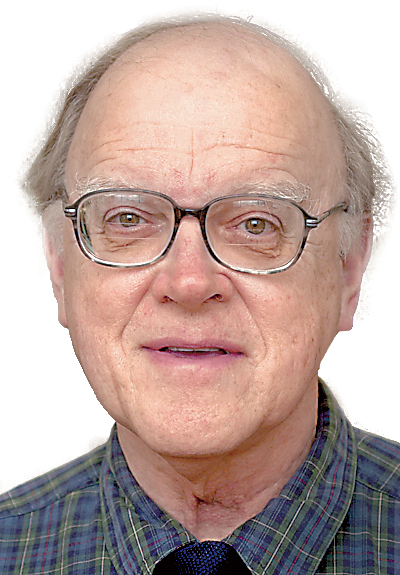Despite its relevance to the well-being of everyone, health care has taken a backseat to national security, immigration and taxes in this presidential campaign.
Health-care reform must address three challenges - expanded access for all Americans, control of expenditures for individuals, businesses and governmental agencies, and improved efficiency of care in all settings.
I have previously outlined the position of Donald Trump, which highlights dismantling of the Affordable Care Act (ACA), block grants to states to pay for Medicaid programs for poor people, full tax-deductibility for health insurance premiums paid by individuals, marketing of health insurance plans across state borders to allowing customers access to cheaper plans, and access by individuals to less-costly, imported prescription drugs.
The more-detailed Hillary Clinton proposal supports the basic framework of the ACA while increasing enrollment in health insurance plans and decreasing out-of-pocket expenses for individuals. Other elements include:
* For persons enrolled in exchanges - plans not linked to employment - subsidies for premiums would increase, she says, and no one would pay more than 8.5 percent of annual income for coverage.
* A public plan option -a buy-in to a plan utilizing Medicare fee schedules and regulations - would be available in every state whose governor supported it.
* A Medicare buy-in option would be offered to everyone at age 55.
* A refundable tax credit up to $5,000 would subsidize out-of-pocket health-care expenses.
* To expand Medicaid, thereby reducing the numbers of insured persons, states would be offered three years of full federal funding for newly eligible patients.
* Drug costs would be addressed by banning pharmaceutical firms from paying to delay the marketing of generic equivalents to their products.
* The Food and Drug Administration would receive additional funding to speed up the testing and approval of generic drugs.
* Limits would be placed on direct-to-consumer advertising of prescription medications.
* Prescription drug costs for individuals would be limited by a $250 monthly cap for covered drugs.
* For persons with Medicare Part D coverage for medications, the federal government would be able to negotiate drug prices similar to the authority granted the Veterans Administration and state Medicaid programs. Medicare patients with low incomes would receive discounts on drug costs equal to that of Medicaid recipients.
* A $6,000 annual tax credit would offset family costs for providing home care for ill or disabled family members.
* The Hyde Amendment, which prohibits federal funding of abortion, would be repealed.
* There would be no cost to the individual for preventive services such as screening for cancer and sexually transmitted diseases and contraceptives.
* To address the epidemic of opiate abuse, $10 billion would be allocated. The money will be used for educational and mentoring programs and expansion of treatment facilities.
* Mental health programs would be expanded. Benefits for mental illness will be brought in line with those for physical illness.
* Full funding for research and prevention of Zika viral infections would be provided.
The Commonwealth Fund (www.commonwealthfund.org) offers a detailed, side-by-side comparison of the Clinton and Trump plans. Impact of the contrasting plans on coverage, out-of-pocket expenses and the federal deficit are analyzed in non-technical terms. The Kaiser Family Foundation (www.kff.org) also provides a useful analysis of the two plans.
As a nation, we still wrestle with the question of the role of the federal government in health care for the American people. The Trump and Clinton proposals offer starkly contrasting answers.
Contact Clif Cleaveland at ccleaveland@timesfreepress.com.

